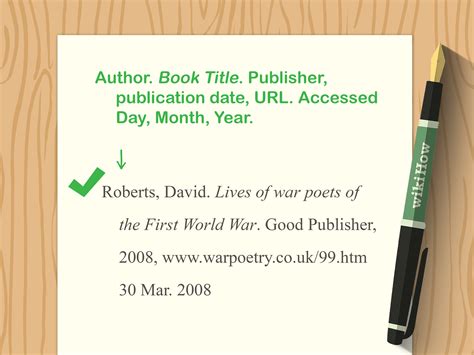How to Quote a Book: A Comprehensive Guide for Students and Writers
Quoting a book accurately and effectively is crucial for academic writing, research papers, and even creative essays. Knowing how to properly integrate quotes strengthens your arguments and adds credibility to your work. This guide will walk you through the process, covering different citation styles and offering tips for seamless integration.
Understanding the Purpose of Quoting
Before diving into the mechanics, let's understand why we quote. Quotes aren't simply decorations; they serve several vital purposes:
- Supporting your claims: Quotes provide evidence to back up your assertions, lending weight to your arguments.
- Adding authority: Quoting respected authors adds credibility and lends authority to your writing.
- Illustrating a point: A well-chosen quote can vividly illustrate a complex idea or concept more effectively than your own words.
- Introducing different perspectives: Quotes can be used to present contrasting viewpoints and foster critical analysis.
Choosing the Right Quotes
Not all quotes are created equal. Selecting impactful quotes is as important as correctly formatting them. Consider these points:
- Relevance: Ensure the quote directly supports your point. Avoid including quotes just for the sake of it.
- Accuracy: Always double-check the quote against the original source to avoid misrepresentation.
- Brevity: Shorter quotes are generally preferred. Only use longer quotes if absolutely necessary.
- Clarity: Choose quotes that are easily understandable and relevant to your audience.
Different Citation Styles
The formatting of your quotes depends heavily on the citation style required by your institution or publication. Some of the most common styles include:
MLA (Modern Language Association)
MLA style typically uses in-text citations. A short quote (less than four lines) is integrated directly into the sentence, enclosed in quotation marks. The citation, including author's last name and page number, follows immediately in parentheses.
Example: "The best lack all conviction, while the worst / Are full of passionate intensity" (Yeats 21).
Longer quotes (four lines or more) are set off as a block quote, indented from the left margin without quotation marks. The citation follows the block quote.
APA (American Psychological Association)
APA style is similar to MLA, employing in-text citations. Short quotes are integrated into the sentence and enclosed in quotation marks. The citation includes the author's last name, year of publication, and page number.
Example: As stated by Smith (2023, p. 45), "The quick brown fox jumps over the lazy dog."
Block quotes in APA style are also indented, without quotation marks, and followed by the citation.
Chicago Style
Chicago style offers both author-date and notes-bibliography systems. The author-date system closely resembles APA, while the notes-bibliography system uses footnotes or endnotes to provide citations.
Integrating Quotes Effectively
Regardless of the citation style, proper integration is key:
- Introduce your quotes: Don't just drop quotes into your text. Introduce them with a signal phrase (e.g., "According to X," "As Y states,").
- Explain your quotes: After quoting, explain the quote's significance and how it relates to your argument. Don't leave the quote hanging.
- Use ellipses (...) and brackets [ ]: Ellipses indicate omitted words within a quote, while brackets are used to add clarifying words or make grammatical adjustments. Use sparingly.
- Avoid over-quoting: Relying too heavily on quotes weakens your own voice and analytical skills.
Mastering the Art of Quoting
Quoting effectively is a skill honed through practice. Pay close attention to detail, understand your chosen citation style, and always strive for clear and concise integration. By mastering these techniques, you can elevate your writing and produce impactful, credible work.
